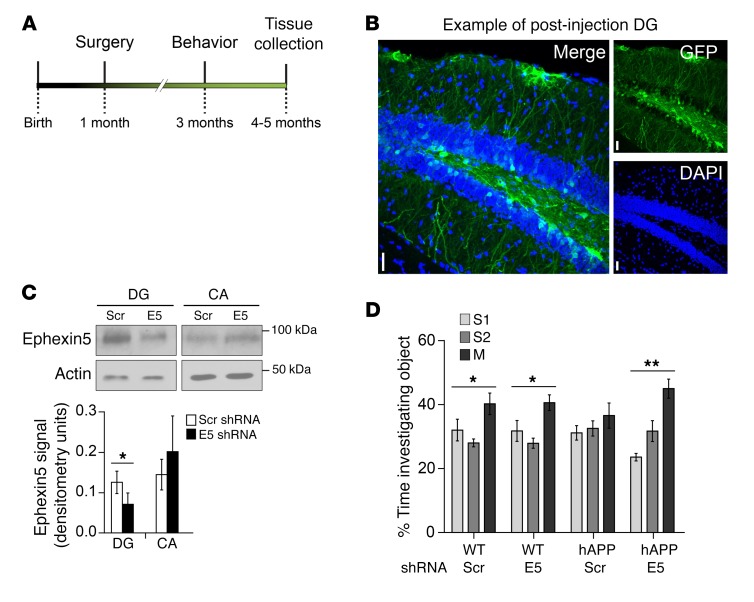Figure 3. Lentiviral manipulation of Ephexin5 in the DG ameliorates learning and memory deficits in developing hAPP mice.
(A) Timeline for the injection of WT and AD mice with lentivirus. (B) Representative immunofluorescence staining of the DG from a mouse injected with lentivirus. Sections were stained for GFP and labeled with DAPI. Scale bars: 10 μm. (C) Representative Western blot and quantification of actin-normalized Ephexin5 levels in microdissected hippocampi from mice injected with lentivirus expressing shRNA against Ephexin5 (E5) or scrambled hairpin (Scr). n = 7 mice. (D) NPP testing of object investigation for 3-month-old mice. Shown is the percentage time spent investigating each object, calculated as described in the legend for Figure 2. WT-Scr (n = 8), hAPP-Scr (n = 8), hAPP-E5 (n = 10), WT-E5 (n = 10). (C and D) *P < 0.05 and **P < 0.01. For comparison of lentivirus-injected hippocampal Ephexin5 levels, a paired t test was performed (C). Analysis of the NPP test was performed by 1-way ANOVA with a Kruskal-Wallis correction, since the data were not normally distributed (D).

